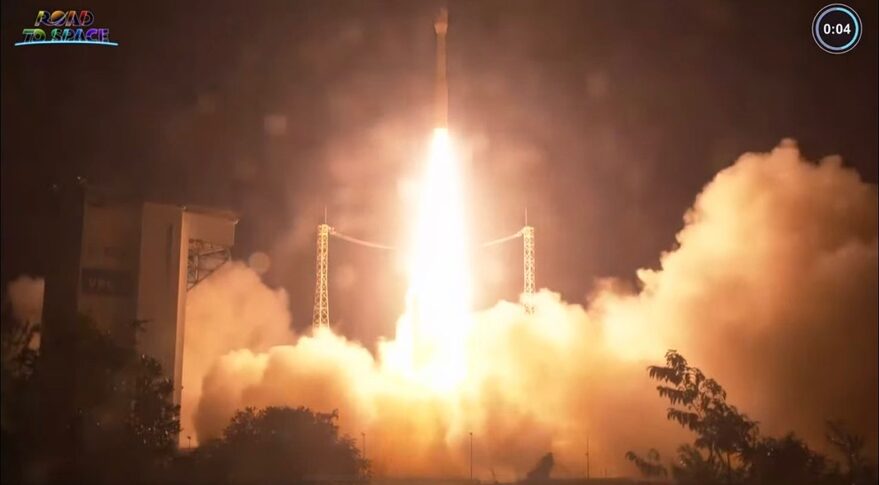
Connecting the Dots | Space insurers toast another profitable year (Image Credit: Space News)
The space insurance market managed to make a profit for 2022 despite a devastating Vega C rocket failure at the end of the year that ruined two Airbus imaging satellites.
The Vega rocket that malfunctioned shortly after lifting off Dec. 20 was insured for around $210 million, according to industry sources.
That accounted for more than two-thirds of the $294 million loss underwriters at AXA XL recorded for the space insurance market for the whole of 2022.
However, AXA XL data shows net premium for the year came in at $579 million, excluding $75 million tied to Russian risks that western insurers are banned from covering following the invasion of Ukraine.
It means the space insurance market reaped around $285 million in profit for 2022 — the third year in a row that total premiums outweighed losses.
“The failure therefore was not good news for insurers, but not disastrous,” remarked one insurance source.
According to AXA XL data, just over 38% of the 186 launches that attempted to reach orbit in 2022 were insured.
These missions carried about 2,500 satellites in total, although nearly 70% of them were Starlink broadband satellites that SpaceX does not insure.
Of the remaining 770 satellites, AXA XL data shows 340 were insured during launch.
FUTURE OUTLOOK
The shift toward constellations of small satellites in low Earth orbit (LEO) continues to pose questions about the shape of the insurance market in the years ahead.
Space insurers have traditionally got most of their income from covering risks for larger, more expensive satellites in geostationary orbit (GEO).
But many LEO operators including SpaceX are choosing to forgo insuring satellites, not least because the size of their constellations gives them built-in redundancy. The estimated lifetimes of satellites in LEO are also far shorter than their cousins in GEO.
Of the 6,100 satellites in LEO, AXA XL says just 63 are insured and for a total of $3.1 billion.
Meanwhile, of the 590 satellites in GEO and 280 in medium Earth orbit, highly elliptical and other orbits, 238 are insured for a total of $24.7 billion.
Although AXA XL’s research points to a growing number of small insured launches, the income from them is typically lower than big-ticket missions to GEO.
It also remains to be seen how the Vega launch failure will impact insurance rates this year.
For most satellites, there is still “a healthy over-supply” of insurers looking to cover risks, an industry source said.
It is this supply versus demand dynamic that “will determine rates” and limit the ability of insurers “to increase rates on the back of this failure,” the source noted.
That said, rising aviation reinsurance rates — which impact the space reinsurance market — plus outstanding claims from aircraft stranded or lost in Russia are still factors waiting to be fully understood in 2023.
This “could impact several lines of business, including space.”
This article originally appeared in the January 2023 issue of SpaceNews magazine and includes updated figures from AXA XL.








